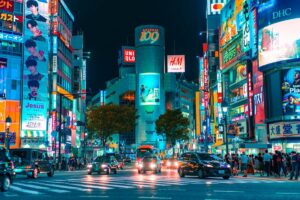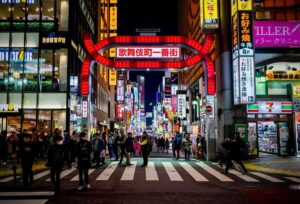Asakusa: A Glimpse into Tokyo’s Historic Heart
Asakusa, nestled in Tokyo’s Taito Ward, stands out for its rich history, ancient temples, and vibrant shopping streets. As one of Tokyo’s oldest and most famous areas, Asakusa seamlessly blends the past with the present, offering a must-visit experience for anyone eager to explore traditional Japanese culture within the modern capital.
Historical Background
Asakusa’s roots stretch back to the Edo period, originally flourishing as a temple town around Senso-ji, Tokyo’s oldest temple. Through the centuries, it transformed from a religious hub into a bustling entertainment district, while still preserving many traditional elements.
Iconic Landmarks and Attractions
Senso-ji Temple
The heart of Asakusa is Senso-ji Temple, devoted to Kannon, the Buddhist goddess of mercy. Visitors first pass through the Kaminarimon (Thunder Gate), notable for its giant red lantern and statues of the guardian gods Fujin and Raijin. Inside, the temple complex includes a main hall, a five-storied pagoda, and the Asakusa Shrine, attracting millions of visitors each year.
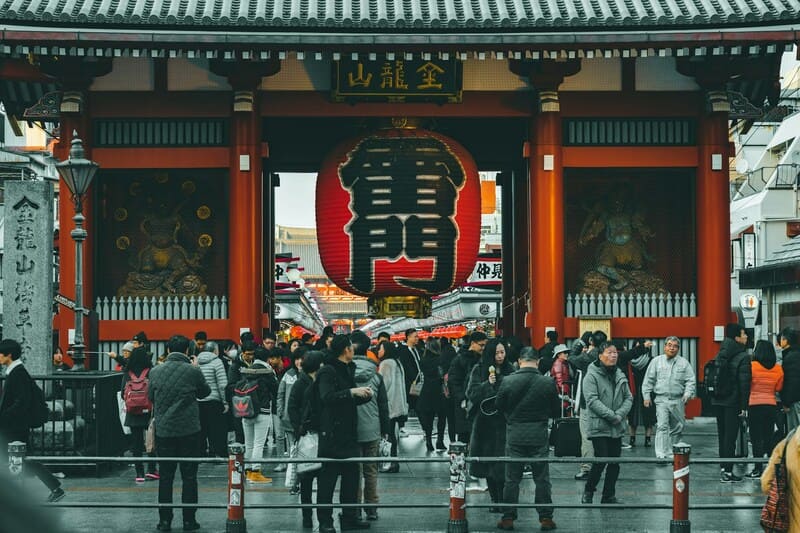
Nakamise Shopping Street
Stretching from the outer gate to the temple’s second gate, Nakamise Shopping Street is alive with around 90 shops. These stalls offer traditional snacks, souvenirs, and handcrafted goods, providing a taste of old Tokyo to pilgrims and tourists alike.
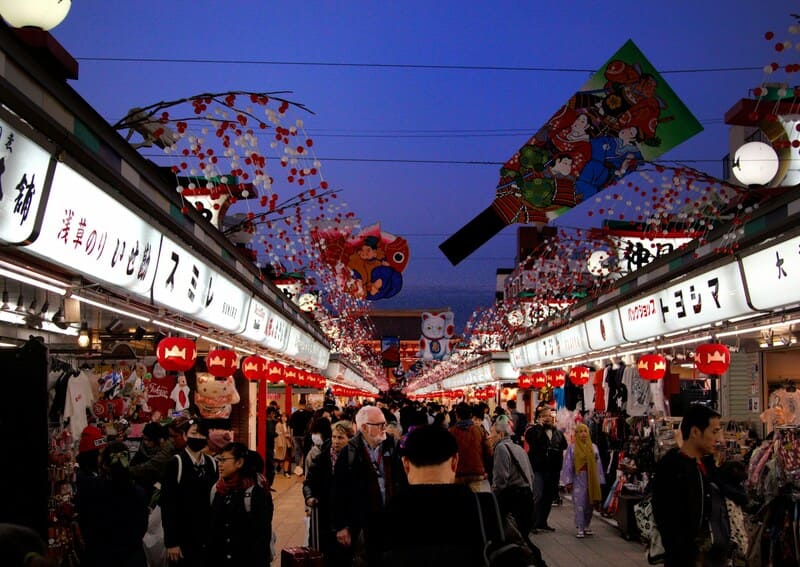
Sumida River
The Sumida River, bordering Asakusa, enhances the area with river cruises that offer unique views of Tokyo’s skyline, including the nearby Tokyo Skytree. The riverside park, popular for seasonal events and fireworks, offers a scenic escape.
Asakusa Hanayashiki
Asakusa Hanayashiki, Japan’s oldest amusement park, has been delighting visitors since 1853. It offers a nostalgic mix of retro rides and attractions, enhancing the district’s charm.
Cultural Experiences
Rickshaw Tours
Exploring Asakusa by rickshaw provides a unique experience. Guides pull guests through the district, sharing historical insights and stopping at picturesque spots for memorable photos.
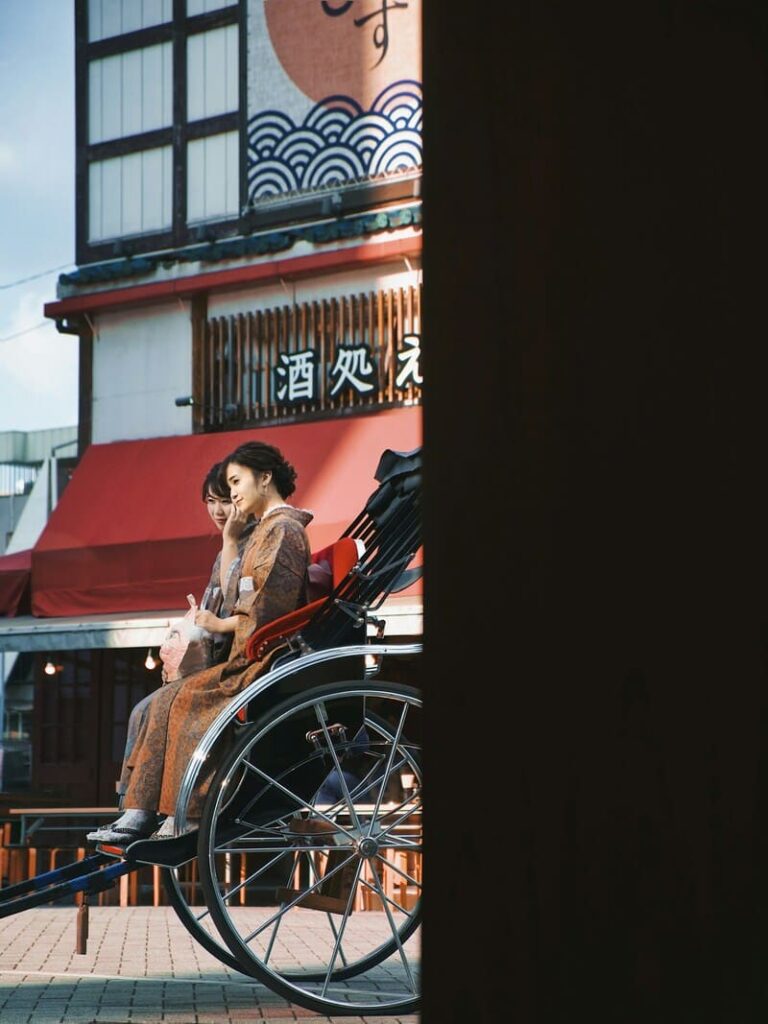
Traditional Performances
Asakusa serves as a hub for traditional Japanese performing arts. Asakusa Engei Hall, for example, hosts performances of rakugo (comedic storytelling), magic, and other traditional entertainment, offering a window into Japan’s theatrical traditions.
Festivals and Events
Asakusa is home to several traditional festivals, with the Sanja Matsuri being the most renowned. This vibrant festival occurs every May and features portable shrines (mikoshi), traditional music, and dancing, drawing thousands of spectators.
Dining and Cuisine
Asakusa offers a diverse culinary scene, from street food to upscale dining. Local specialties include tempura, soba, and monjayaki, a savory pancake, available in many local eateries.
Accessibility
Multiple subway lines, including the Ginza Line at Asakusa Station, make the area easily accessible. The district’s compact nature and proximity of major attractions make it ideal for exploring on foot.
Asakusa captures the essence of traditional Tokyo with its historical temples, bustling shopping streets, and rich cultural offerings. Whether you’re visiting the iconic Senso-ji, browsing through Nakamise Street, or enjoying a cultural performance, Asakusa provides a deep and enriching glimpse into the historic heart of Tokyo.
